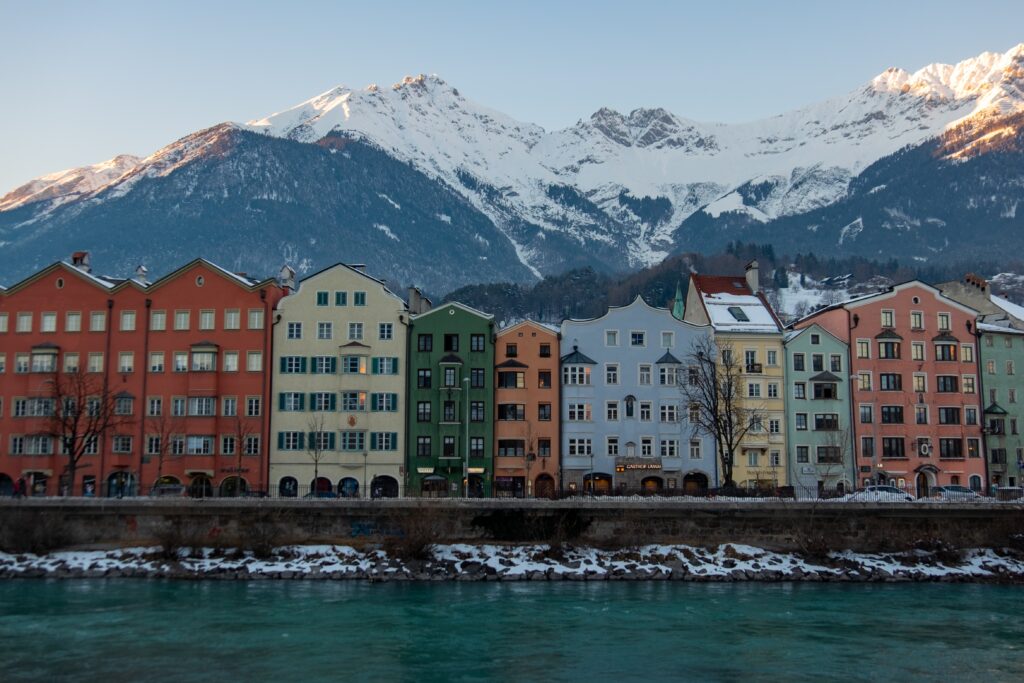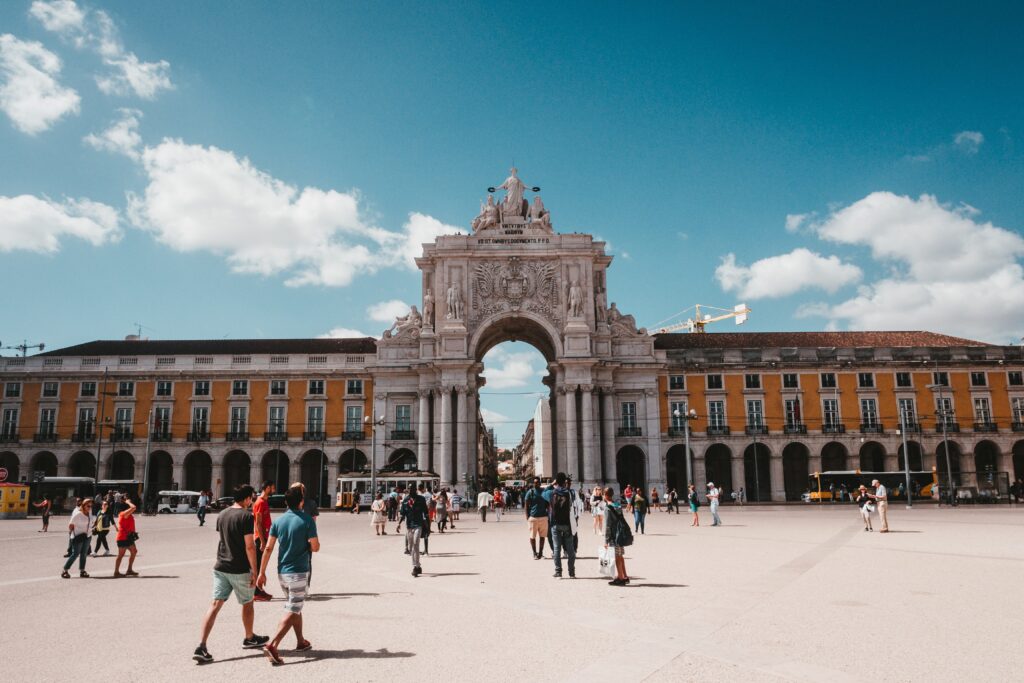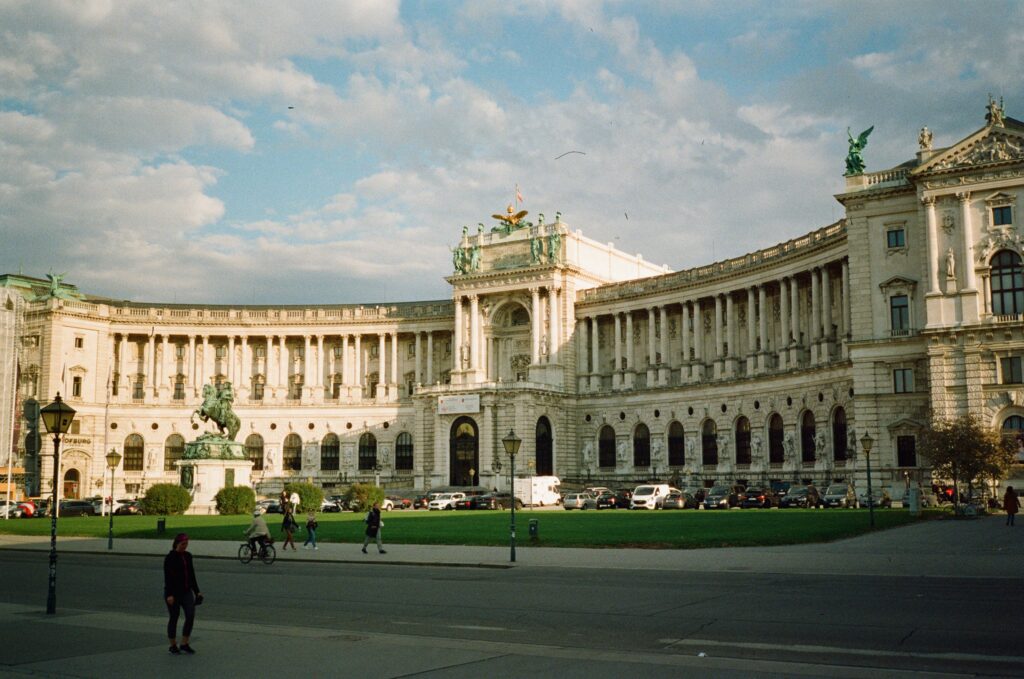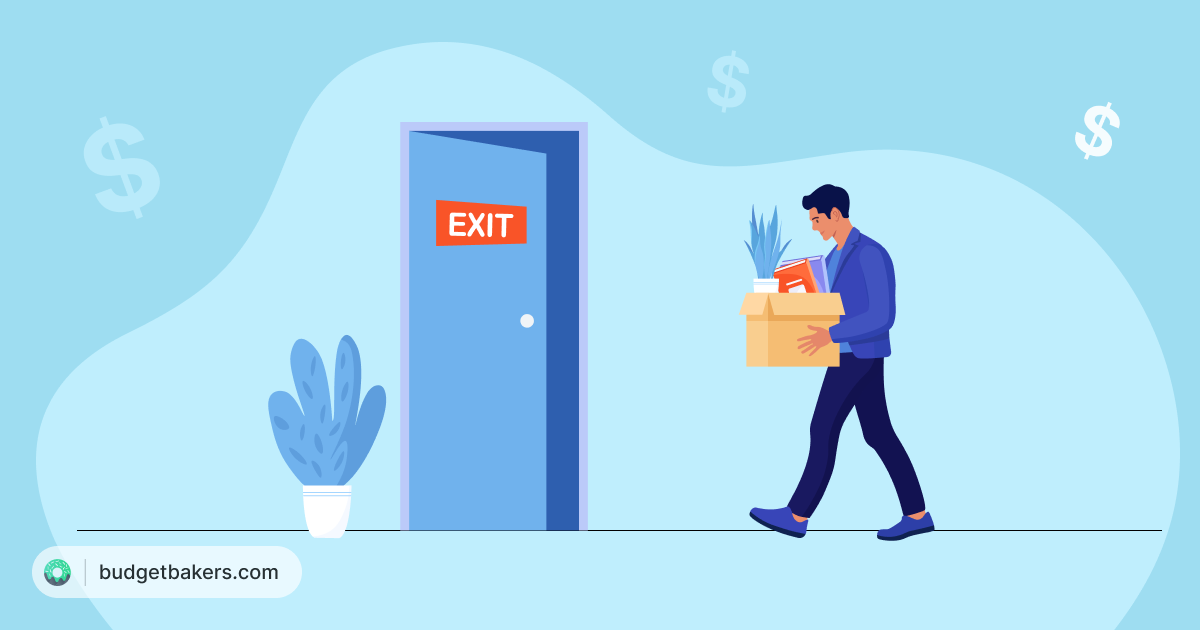Digital nomads are people, sometimes self-employed but also possibly employed full or part time, who work mainly online, enabling them to explore the world while maintaining a regular income.
They come in all ages and occupations, but they are most typically found in knowledge work and creative professions that don’t require the worker to be physically present at an office. Digital nomads therefore are writers, composers, programmers, marketers, online teachers, accountants, or one of a long list of professions one can do almost entirely online, from anywhere in the world.
Another category of digital nomadism are students. People who study online and choose to live in different parts of the world while doing so. Among the advantages of this kind of lifestyle are reasons both obvious and surprising. Aside from the opportunity to see new parts of the world and experience strange cultures, digital nomads may also seek out destinations where they can learn new skills outside of work, pick up another language, seek specialized medical treatments, or just save money on living expenses.
Maybe you’ve thought about becoming a digital nomad, or maybe you already are one. Either way: this post is for you. Here we’re going to talk about the BudgetBaker’s team’s top 4 list of cities to try as a digital nomad. There’s really no way to argue definitively which city in the world is best for digital nomadism. Tastes vary with individuals. Instead, we’ve picked 4 places we would want to go. And we’ve tried to rank them to give you an idea of which might be the best.
Have you tried one of these cities? Do you recommend others? Tell us how it was via Facebook or Twitter!
Innsbruck, Austria

Population: 130,000
Internet speed: 1+ Gigabit Fiber
Best Season: Winter or Spring
While it’s probably not on most people’s list of cities to visit, Innsbruck makes my list after a 3 day visit years ago. Aside from the absolutely stunning views of the alps, and the city’s vicinity to all sorts of beautiful places, Innsbruck is my kind of city. Laid back, slow moving, and highly walkable.
Culture 4/5
Innsbruck isn’t necessarily on anyone’s list of the greatest cultural centers in Europe. But it does have its local charms. The city hosted 2 winter olympics, and is home to many professional winter sports teams, and no wonder with its location so close to some of the world’s best cross country skiing trails – also great for mountain biking in summer.
In Innsbruck, you’ll find some of the best activities are outdoors. Taking trams up into the alps to discover panoramic views. You may also wish to explore the imperial palace, the Kaiserliche Hofburg, the Ambras Castle, the Innsbruck Cathedral, or check out one of several charming local museums. Did I mention the city is walkable? Well it is.
Housing and Amenities: 4/5
While it’s certainly not the cheapest destination in Europe, a one-bedroom apartment in Innsbruck can still be had for as little as 1300 EUR a month on the short term rental market. That’s pretty good for a city in which the median salary is 3600 EUR.
At just 130,000 population, there is not quite as much housing available in Innsbruck as in many larger cities. But what is available is always going to be serviceable given the city’s small and eminently walkable footprint.
Plus, with Innsbruck’s blazing gigabit speed internet connections, you’ll never miss a meeting. Isn’t that nice?
Food 4/5
Eating in Innsbruck is a particular treat. While Austria is already known for its fine dining, Innsbruck offers the same level of quality, with a much more familiar local flavor.
Avoid the main tourist areas and you’ll find all manner of cuisine on offer, as well as dozens of beautiful cafes serving some of Austria’s best sweets and iced coffees. Here the art of Italian Gelato can be enjoyed along with Austria’s famous coffee treats.
Location 5/5
Innsbruck may feel like the middle of nowhere, but it’s definitely in easy reach to some exciting cultural centers. In easy reach are Munich, Salzberg, Milan, the many lakes of the OberSalzberg region, and the stunning views of Berchtesgaden, with picturesque walking paths and hiking opportunities further than the eye can see.
Austria is one of my favorite places to travel, because I love the alpine weather, clean air, the daily rain, and the brisk foggy mornings and evenings. This cool, green and quiet city is perfect for anyone who grew up longing for the hills of The Sound of Music.
San Sebastian, Spain

Population: 187,000
Internet Speed: 100 mbps
Best Season: Spring, Summer
If you’ve ever wanted to explore the Basque country, with its wonderful food, mild weather and kind people, then San Sebastian may be a good place to start. I’m from the pacific northwest of the United States, so rainy weather and wind are homey to me. But if you prefer the sunshine, visit San Sebastian in Summer.
Culture 5/5
As you’ll notice, many of the scores we offer are purely subjective. You will find in your own research, that what may make one destination a must see for me makes it undesirable for you.
That’s fine. For me, relatively subdued, private culture of the Basque Country where San Sebastian is located, is perfect for my private, introverted sensibilities.
Other attractions for me are the shared tendency to eat and stay up later into the evening, and the slower pace of life one may find in Iberia generally.
Unlike in much of Spain and Portugal, Basque people are known for being somewhat less open to foreigners and strangers. This is not to say they are unfriendly, but they have a culture and language which predates nearly any in Western Europe, so one should go in expecting to find certain aspects of the culture rather inscrutable.
If you enjoy a smaller city vibe, with plenty of walkable old districts and surrounding countryside to enjoy, this is definitely the place to visit.
Housing 3/5
Small as it is, short to medium term housing may be harder to find in San Sebastian, particularly in high seasons. I spotted a number of bookings in the 1500 EUR per month range, and I’m sure some deeper searching might uncover deals that are a little more affordable than that. But don’t expect this part to be easy to figure out.
That being said, there are a good number of hotels and Airbnbs, so shop around, and you may find something perfect for your stay.
Food 5/5
Again, I grew up in the pacific northwest, and one thing many people don’t know is that there is a significant Basque population in the Reno, Nevada area.
My father loved Basque cuisine, so whenever we were driving through this area, he insisted that we stop somewhere for some authentic Basque home cooking. San Sebastian is known for the small dishes one can order in local restaurants, called “pintxos.”
Basque food is simply delicious, particularly for smoked and grilled meats, stews of peppers, potatoes, and lentils, and other fairly hardy dishes. In San Sebastian one can also find a huge variety of seafood, owing to the city’s prime location on the Bay of Biscay, with both French and Spanish influences to be found in local fare.
The Basque also love bread. Keep this in mind.
Location 3/5
One could argue that San Sebastian’s location on the Bay of Biscay justifies the trip alone. La Concha beach is one of the best in Europe – but also one of the most popular and sometimes the most crowded.
There seems little reason to leave the coastline, but if one wishes, Pamplona is several hours by train from the city. That being said, much of the rest of Spain is just about as far away as could be. While Spain does boast some excellent high speed rail, and traveling directly to Madrid or to Bilbao (the Basque Capital city) is not difficult, there is less direct access to anywhere else on the subcontinent.
For me, this is less of a concern. I’m more interested in getting to know the place I’m in, than in escaping on trips every weekend, but the attraction for many digital nomads is the opportunity to see more of the country. If that’s the case, perhaps a bigger city with a more convenient location makes more sense.
Lisbon, Portugal

Population: 504,000
Internet Speed: Max. 1 Gbit/s, Standard 350 Mbit/s
Best Season: Spring, Fall
Lisbon is one of the most popular cities among digital nomads. Not without reason. The capital of Portugal is famous for its great weather, its beautiful architecture and excellent cuisine. Moreover, Lisbon is far more affordable than many other major European cities, both in terms of rents and cost of living.
But what digital nomads love most about the city are the laid-back locals, cozy cafes, and lively bars in popular neighborhoods like Alfama and Bairro Alto, all within easy walking distance. Thanks to the many co-working spaces with high-speed internet connections, they can work here while enjoying local delicacies and making friends with Portuguese and expats. All this in a very safe city with low crime rates and a great welcoming culture – Lisbon is famous for its quite liberal and tolerant citizens.
Culture 4/5
Lisbon may not be Paris or Rome in terms of culture, but it is still rich in art and music. In recent decades, the country has undergone a renaissance in the arts, and the cities of Lisbon, Porto, and Guimarães have all been designated European Capitals of Culture.
Visit the numerous palaces and the cathedral, go to concerts in gardens and listen to live fado music in restaurants and bars, where a good meal costs between €8 and €15. Fado and folk music are Portugal’s most important forms of musical expression. In fact, fado is on the UNESCO Intangible Cultural Heritage List.
Enjoy art galleries and the colorful tiles at the Museu Nacional do Azulejo – note that many museums in Lisbon are free until 2 p.m. on Sundays! Art can also be found in the streets or parking lots, where the walls are covered with street art.
So if you are a fan of good food, fine wine and outstanding live music rather than world-famous paintings in renowned museums, Lisbon is the place for you.
Housing and Amenities 3/5
Rents in Lisbon are generally cheaper than in other Western European capitals. In the city center, people paid an average of 843 € for a 1-room apartment in 2021. Outside the city center it was 550 €. In comparison, a 1-bedroom apartment in Madrid cost around €1000 in 2021.
However, you should know that apartments in Portugal are usually not equipped as you are used to in other countries. In many cases there is neither air conditioning nor heating, the windows are poorly insulated and the walls are so thin that you always know what your neighbors are up to.
However, since the weather in Lisbon is pretty good, even in the winter months, life takes place outdoors most of the time instead of indoors. Therefore, it’s easier to make sacrifices when renting an apartment in Portugal than in the north of the European continent.
When it comes to buying real estate, however, the situation is pretty difficult. Portugal has been in a housing crisis for years, due to high demand for hotels and Airbnbs for tourists, foreign investment in luxury buildings and low supply of affordable housing. These developments have led to exorbitant price increases.
Affordable housing is still available in Lisbon. Just be prepared that apartments in the tourist neighborhoods are very scarce and therefore more expensive. We recommend you look in the Alcântara and Arroios neighborhoods, which offer countless co-working hubs and networking events, and avoid expensive areas like Avenidas Novas and Restelo.
Food 5/5
When it comes to eating and drinking out, Lisbon is quite affordable. A single meal in a cheap restaurant in Lisbon costs around €8 to €10, including a drink. A meal for 2 in a mid-range restaurant would cost something around € 35 to €40 for two or three courses. Typical dishes in Lisbon are fresh fish and seafood, pork, various soups and the famous pudding tart Pastel de Nata.
Portuguese beer in restaurants is around €2 for 330 ml and in grocery stores €0.95 for 500 ml. A reasonable bottle of wine will cost you up to 5€ in the supermarket or €10 to €15 in a restaurant. A glass of wine in a bar should be no more than €3€.
But the highlight among the drinks in Lisbon is the coffee. Lisbon coffee is one of the best, and it costs about €1 for an espresso or €2 for a cappuccino. You can find it everywhere, both in the tourist districts of the city center and in the areas inhabited by locals.
Location 5/5
Lisbon, due to its southern location and its proximity to the Atlantic Ocean, is a true paradise for all sun worshippers, surfers and beach lovers. The city’s proximity to popular expat cities such as Porto and Coimbra in the north and the world-famous Algarve coast in the south of the country also make Lisbon a very popular place to live.
You can reach these destinations conveniently by public transportation. National trains in Portugal are very cheap and fast (from €8 from Lisbon to Porto, in less than two hours). Moreover, the national airline TAP Air Portugal will take you to dozens of cities within Europe, as well as North America, South America and Africa.
Safety 5/5
Lisbon is one of the safest cities in Europe. And not only that: it’s the capital city of one of the safest countries in the world. This is true for its streets at night, its public transport and cabs, terrorism as well as natural disasters – even if there have been more forest fires in recent times due to the climate crisis.
But that doesn’t mean there’s no crime here – pickpockets and drug dealers are the main issues here. Away from the tourist attractions and busy public transport, you certainly don’t have anything to worry about.
22/25
Vienna, Austria

Population: 1,900,000
Internet Speed: Max. 1 Gbit/s, Standard 350 Mbit/s
Best Season: Summer and fall
Looking for an international cultural metropolis in the heart of Europe? Then move to Vienna, Austria. The city has everything a digital nomad needs to find happiness. An international ranking confirmed that this year – Vienna is officially the most livable city in the world! Already for the 11th time.
The Austrian capital did particularly well in the categories of healthcare, culture and environment, stability, education and infrastructure. This also includes its excellent tech infrastructure, thanks to numerous co-working spaces and networking events.
Culture 5/5
Vienna is one of the cultural capitals of Europe, if not the whole world. The country’s largest city is known for many things – not least its great history of classical music, its coffee houses and its world-famous Sacher cake.
Probably the most famous events to discover in the context of Viennese culture are the Vienna Opera Ball at the Vienna State Opera, the New Year’s Concert at the Musikverein or the Vienna Festival Weeks, where every year the world’s elite of opera and theater directors, conductors and orchestras present the latest stage art.
But that’s not all. To explore culture from an architectural perspective, we recommend a walk through the historic city center, where you can still find numerous buildings of the former imperial residence. Here you can also find many museums with prestigious collections of world-famous works of art.
The great cultural offer attracts not only many tourists to the city, but also many digital nomads who work with one of the numerous art institutions.
Housing and Amenities 4/5
The city of Vienna is recognized for its unique social housing program. For nearly a century, this social housing has been known as an effective and innovative model for providing affordable housing to the city’s lower-income residents.
While the term “social housing” is used throughout Europe to refer to government-managed or regulated affordable housing, the Vienna municipality owns 220,000 apartments, representing about 25% of the city’s housing stock.
In concrete terms, low-income Austrians and EU foreigners pay between €300 and €400 per month for a one-room apartment. In other European cities, residents pay over double or triple that amount. Interestingly, even in times of real estate shortage, there are still so many city-owned apartments in Vienna that even middle-class individuals have a good chance of getting a social housing unit.
And even if you end up in non-government housing, you’ll pay less than in many other cities. 1 bedroom apartments in the city center cost an average of €873. Outside the city center, you’ll pay an average of €640.
Food 4/5
Austrian cuisine is known as spicy and hearty, but it’s also famous for its desserts. The Wiener Schnitzel, Goulash or Tafelspitz (soup beef) are just as popular as apple strudel, Kaiserschmarrn or Sachertorte.
If you are new to the city, we recommend you to go to a typical Viennese restaurant, a so-called “Beisl”. This is an inn that exclusively serves Viennese meals. Be aware that in the first district of Vienna, i.e. in the historic city center, you will pay a bit more than in the other, equally beautiful, districts. This is true for food, but also for drinks like fine Austrian wine and beer.
A veal schnitzel usually costs between €16 and €20, Goulash around €13. For a half liter of beer you pay about €4.20, for a cappuccino about €4.
The only downside, as you may have already noticed, is the very meat-heavy cuisine. So as a vegetarian or vegan you can’t benefit much from typical Austrian specialties. Fortunately, Vienna is a mecca when it comes to vegan restaurants and bistros. So you won’t feel hungry, no matter what diet you follow.
Location 5/5
Vienna is located in the heart of the European Union, making it the ideal starting point for travel to all the rest of the continent’s cities. This is mainly due to the large airport, but also to the ever-increasing offer of night trains of the Austrian state railways. These will take you overnight to various popular destinations, such as Berlin, Amsterdam and Paris, as well as Prague, Milan and Zagreb.
But there are also many beautiful places to explore within Austria. Take a break from your digital job on the weekends and take a trip to the Austrian Alps, to Lake Wolfgangsee or Lake Zell, or to Salzburg, Innsbruck or Graz!
Safety 5/5
Vienna is not only one of the most livable cities in the world, but also one of the safest. This is partly due to the more than 13,000 surveillance cameras that are distributed around the entire city.
Also, unlike the rest of Austria, Vienna is considered a very tolerant city with a great welcoming culture. This is also reflected in the cityscape. From Turkish coffee houses to bazaars to hip flea markets reminiscent of Berlin or Copenhagen, it’s all there.
23/25


